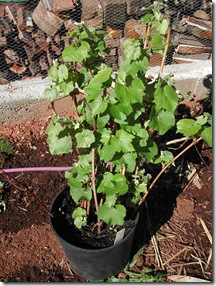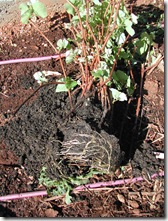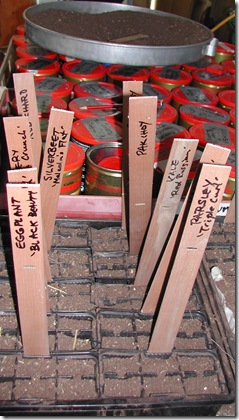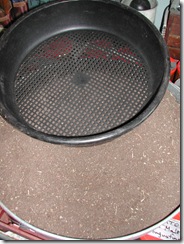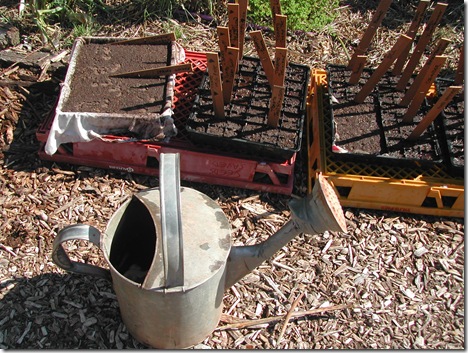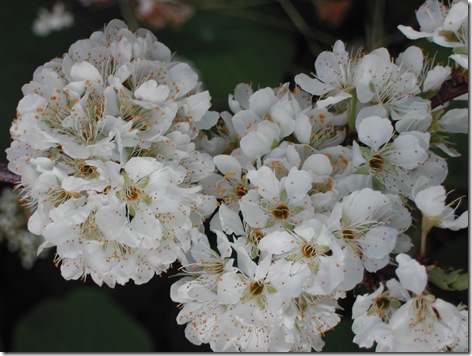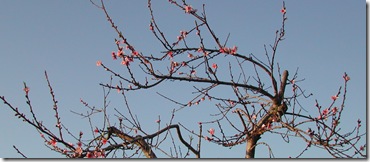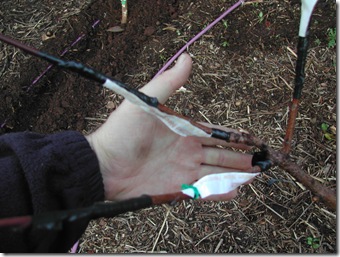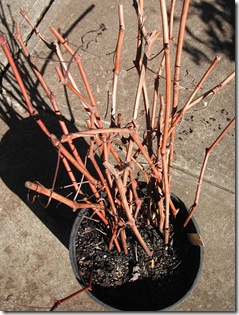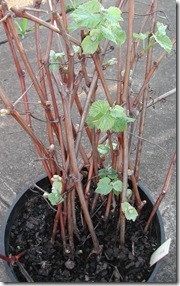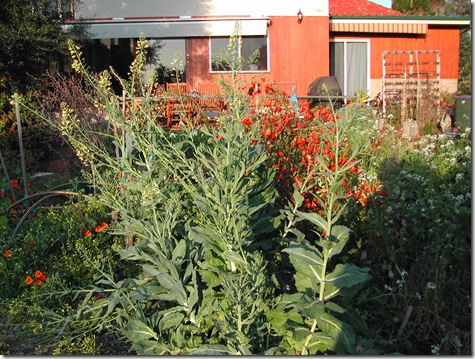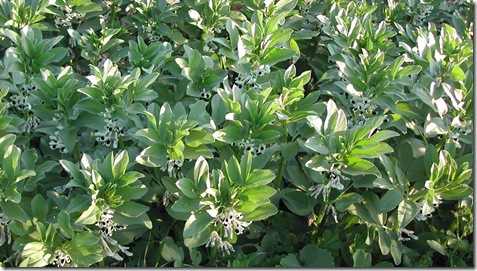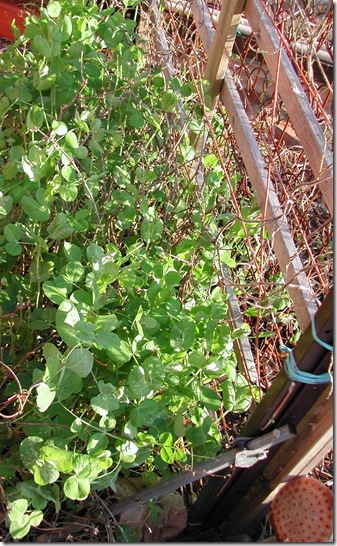Anyone who experienced the fortnight of straight daily maximum temperatures over 40 degrees C (104 degrees Fahrenheit) in the drought-stricken summer of 2009/10 on the Adelaide Plains will now be preparing for a summer kitchen garden with a whole new sense of caution.
Top of the gardener’s list is to lock winter rainfall into the soil against evaporative forces over the next few months, and to keep that soil cool enough to bring various crops through.
A couple of other nasty things rolled over us as a consequence of that drought-stricken decade; fresh food prices went through the roof and so (much less visibly) did the cost of pea-straw mulch. Worse was to follow: water was rationed to the point that one had to live outside the law to grow one’s own food. The 60 000 litres of winter rain water that I am holding in my tanks will be enough for only a month’s supply in this large garden if the heat turns back on and spring rains fail us. To eke out that supply, I have to invest instead in bales of pea-straw laid down in slabs across the whole garden. Each bale costs A$7.00, and longer-lasting barley or lucerne straw costs significantly more.
 So now in my Spring garden I plan for these harsh conditions, while hoping for the best. Every shower of rain is a blessing from now until next April. I’m paying for pea-straw mulch for this year, but next year’s winter garden will grow my own mulch in-situ while adding some soil nitrogen fixed from the atmosphere by broad bean crops grown this past winter for bulk seed; kilograms of it. Broad beans shade the soil long into late Spring, and can be cut down in place as mulch. I’m growing two types; the large heritage Aquadulce broad bean for eating, propagation and seed, and the smaller Coles Prolific as mulch.
So now in my Spring garden I plan for these harsh conditions, while hoping for the best. Every shower of rain is a blessing from now until next April. I’m paying for pea-straw mulch for this year, but next year’s winter garden will grow my own mulch in-situ while adding some soil nitrogen fixed from the atmosphere by broad bean crops grown this past winter for bulk seed; kilograms of it. Broad beans shade the soil long into late Spring, and can be cut down in place as mulch. I’m growing two types; the large heritage Aquadulce broad bean for eating, propagation and seed, and the smaller Coles Prolific as mulch.
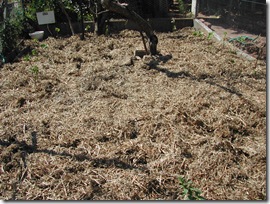 And so here in our fenced orchard, under a $100 coat of pea-straw mulch, are 16 Isabella table grapevines grown in a pot over winter and costing nothing at all (they were given to us by seed-saver friends). These grapes will provide fresh fruit on our breakfast table in year’s to come, even during drought and times of high food prices.
And so here in our fenced orchard, under a $100 coat of pea-straw mulch, are 16 Isabella table grapevines grown in a pot over winter and costing nothing at all (they were given to us by seed-saver friends). These grapes will provide fresh fruit on our breakfast table in year’s to come, even during drought and times of high food prices.
And yes, we did plant the grapevine cuttings in only ten-minutes; preparing the area and laying the mulch took up much more time…

